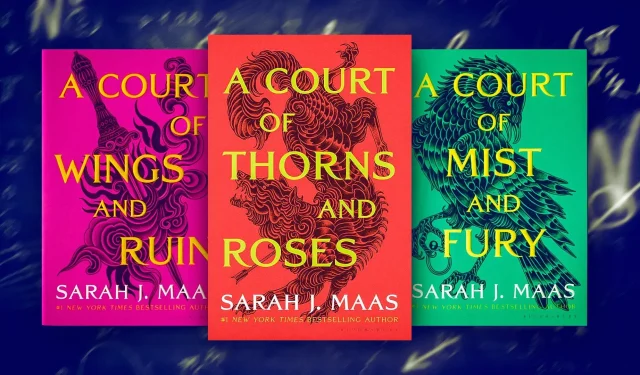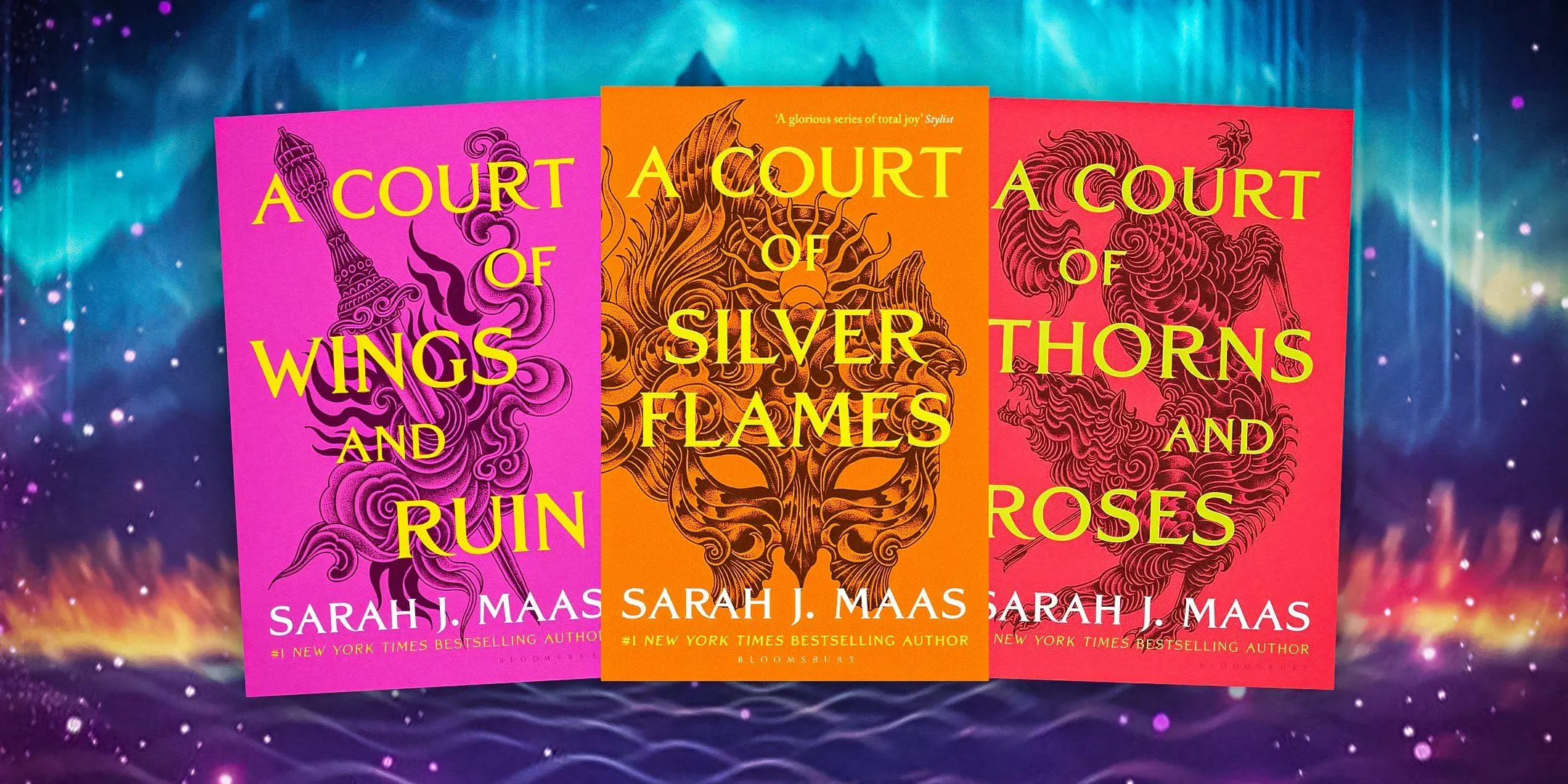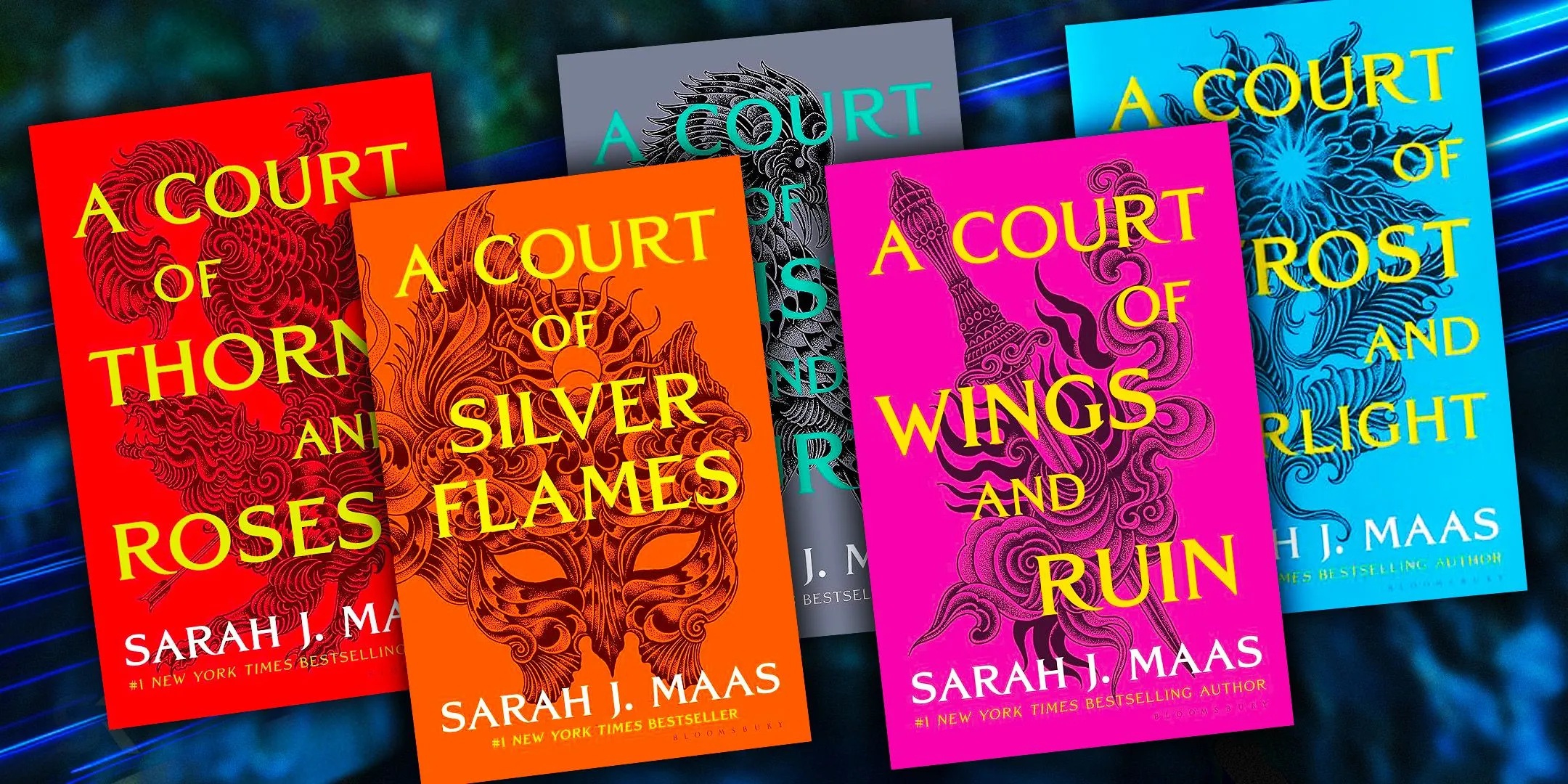
Sarah J. Maas’ A Court of Thorns and Roses series has garnered universal acclaim as the ideal entry point for newcomers to the romantasy genre. One key factor contributing to its popularity lies in its immersive storytelling and straightforward world-building. Maas has frequently been praised for her engaging plotlines and well-developed characters. Unlike many classic fantasy novels, which can often be complex and dense, Maas simplifies the intricate magic systems and political landscapes, making her books more accessible and inviting for new readers.
A Court of Thorns and Roses Falls Victim to Criticism of Low Stakes
Lack of Serious Danger for Characters

Although A Court of Thorns and Roses is filled with thrilling action, some readers argue that the stakes often feel too low, especially in the original trilogy. A prominent aspect of this criticism is the series’ tendency to spare its characters from dire consequences. Numerous instances show characters on the brink of death, only to be miraculously saved or resurrected shortly thereafter. For example, Rhysand’s quickly-reversed demise in A Court of Wings and Ruin had little resonance because of how swiftly he was revived, diminishing the emotional stakes for readers.
The decision to keep beloved characters alive may contribute to a sense of security for fans, but it simultaneously lowers the overall stakes within the narrative. This recurring theme has appeared with several central figures, including Feyre, Cassian, and Amren, leading to a somewhat predictable tension. Many fantasy novels leverage character deaths to evoke deep emotional responses that enhance the story’s impact, yet ACOTAR compensates for this by fostering strong emotional connections among its characters without resorting to fatalities.
Why This Criticism May Be Misplaced
The Heart of Maas’ Narrative Lies in Dynamic Relationships

The genre of romantasy emphasizes emotional dynamics within relationships, indicating that Maas is not compelled to eliminate characters for shock value. It’s essential to appreciate that each character in A Court of Thorns and Roses contributes significantly to the narrative tapestry. The emotional relationships woven throughout the series foster a profound connection with readers, which is integral to Maas’ success. By prioritizing character interactions and relationships, Maas crafts a captivating story that resonates on multiple levels, reaffirming that the absence of character deaths does not detract from the richness of the escapade.




Leave a Reply